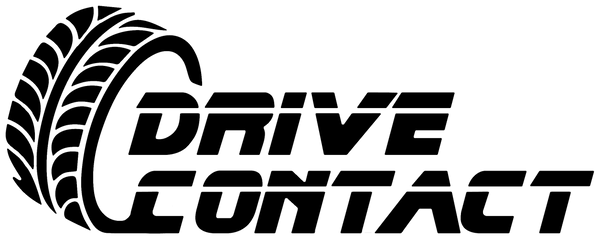Further Manipulations
Then, special tools are used to check for hidden damage, such as thickness gauges to determine the layering of the paintwork. Hard-to-reach places such as wheel arches, spars, and the underbody are inspected. If necessary, computer diagnostics are performed to identify damage to the electronics.Based on the inspection and check, the specialist prepares a repair estimate, which indicates:
- A list of all damaged elements;
- Necessary work (bodywork, replacement of parts, painting);
- Cost of materials and spare parts;
- Repair deadlines.
Depending on the nature of the damage, bumpers, fenders, doors, hood, headlights, taillights, and other elements are removed. The car service makes sure that the dismantling is carried out carefully and without the risk of deforming undamaged body parts.
All removed parts are marked so that they can be correctly installed in place after repair. Parts that are to be replaced are sorted and sent to the warehouse. After removing all elements, the body is cleaned of dirt and dust. Residues of old paint, rust, and anti-corrosion coating are removed.
As soon as the disassembly is finished, a control inspection of the body is carried out to identify possible hidden defects. If necessary, adjustments are made to the repair estimate.
Body Repair Stages
- Bodywork
Any dents or damage are eliminated using various bodywork methods, for example, using hammers, levers and other tools to straighten the metal;
- Parts Replacement
All damaged elements that cannot be repaired will be replaced with new ones. Often bumpers, fenders, doors, hoods, etc. are replaced;
- Welding
If the body damage is serious, welding of cracks or broken body parts may be required;
- Painting Preparation
After all damage has been eliminated, service specialists will putty, sand and prime the body;
- Painting
The part will be painted in accordance with the factory characteristics, including the application of a base, color layer and varnish;
- Assembly
In this case, it implies the installation of bumpers, fenders, doors, hood and other body parts;
- Detailing
After assembling the car, it is cleaned and detailed. That is, the masters will polish the body, apply a protective coating and clean the interior.
The time required for body repair can vary depending on the extent of the damage. Minor repairs can be completed in a few days, while more serious manipulations may take 2-3 weeks.

